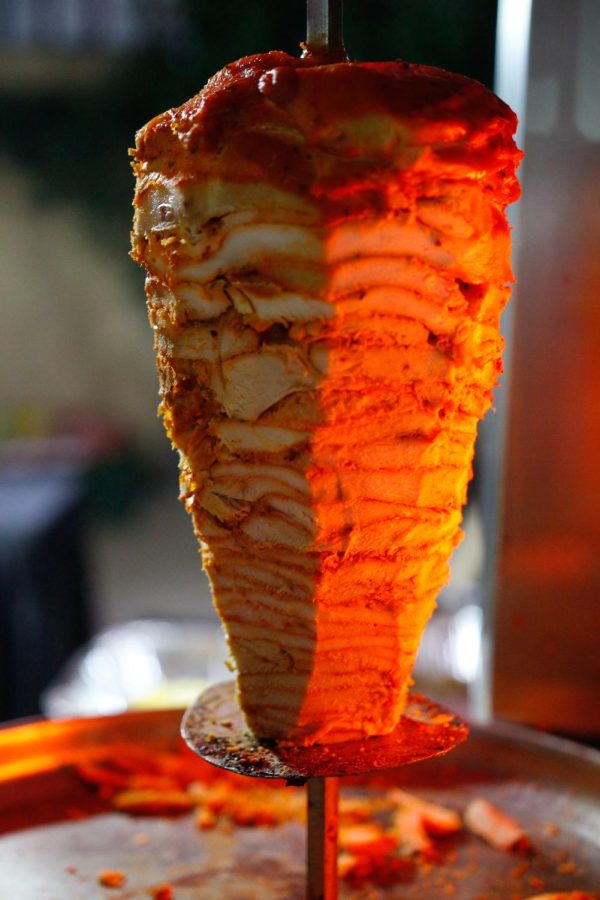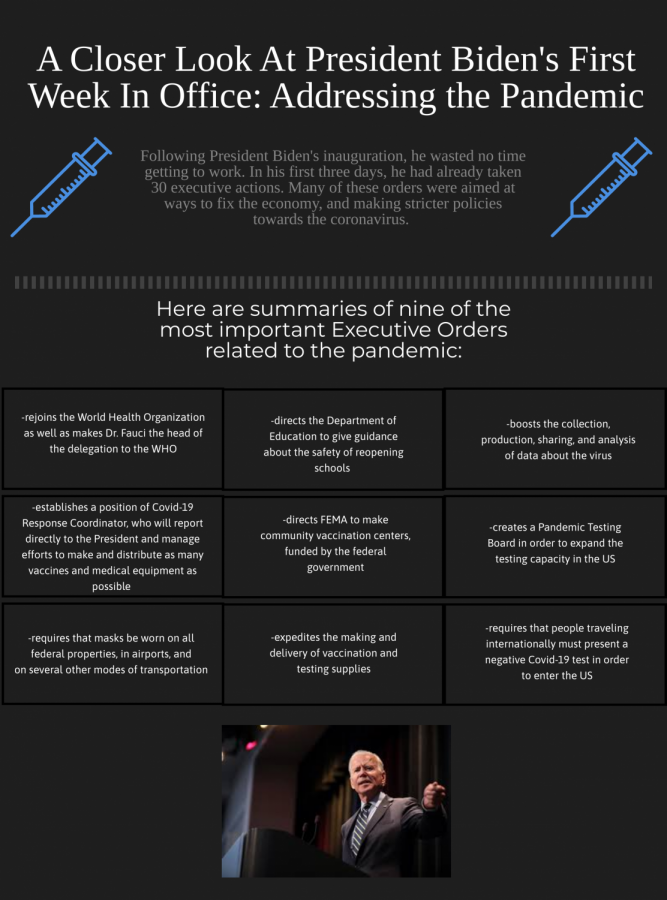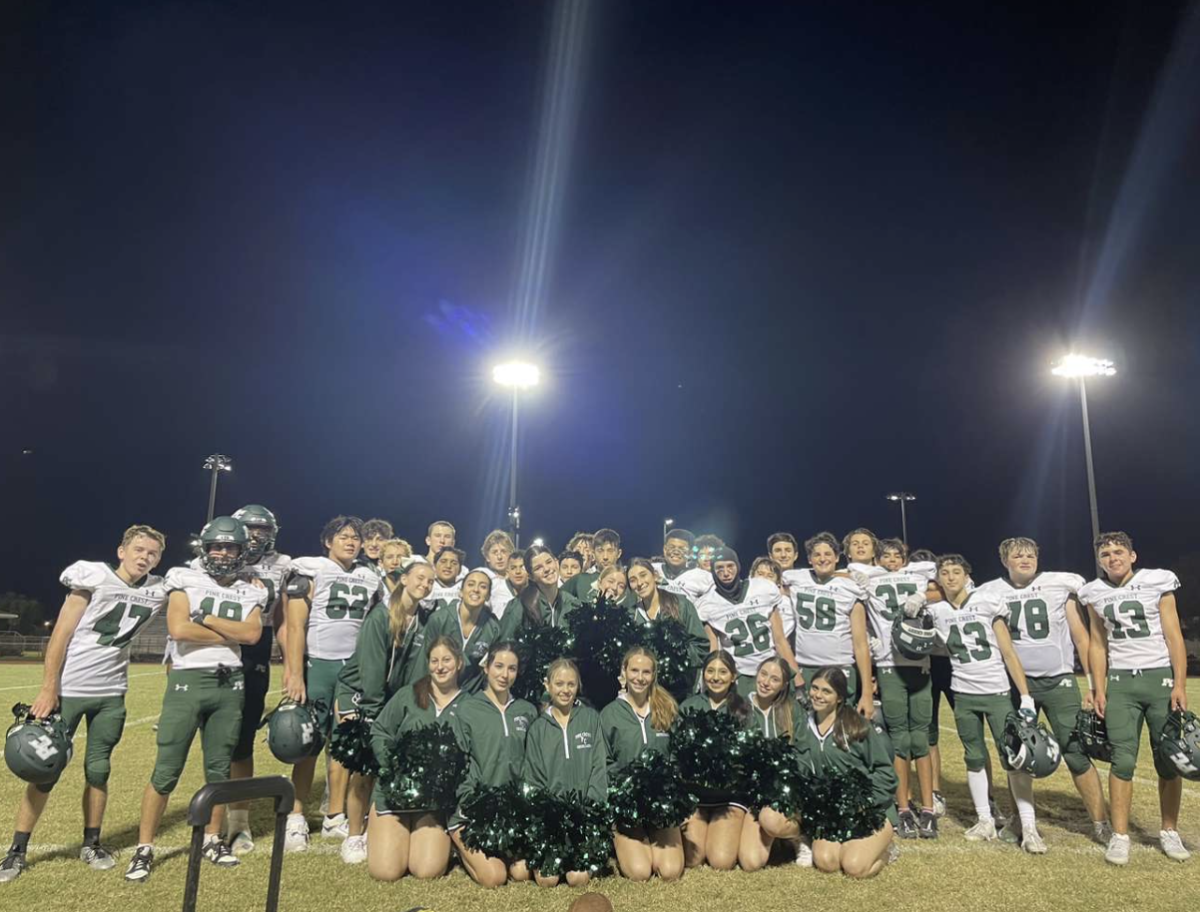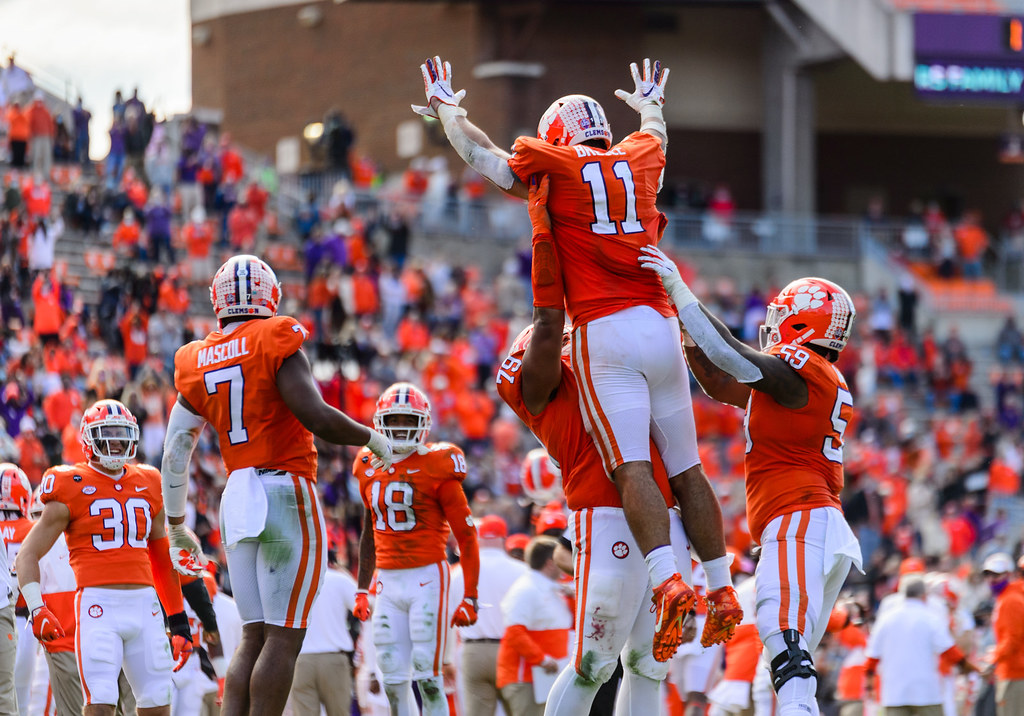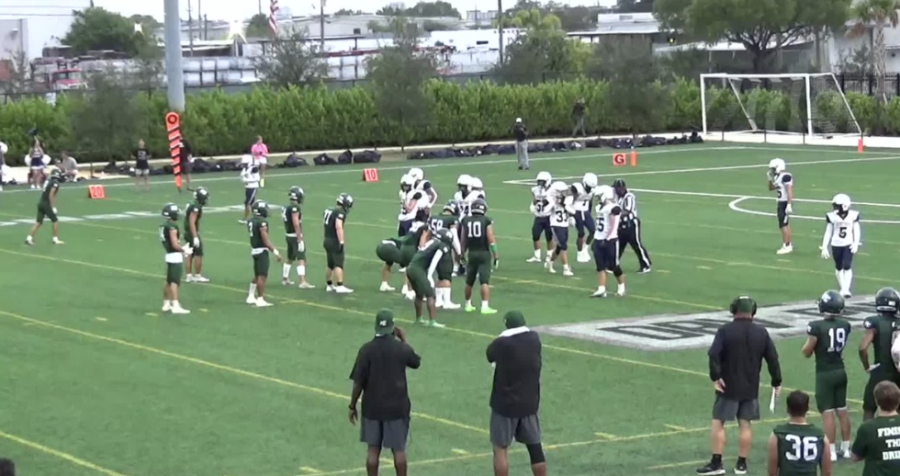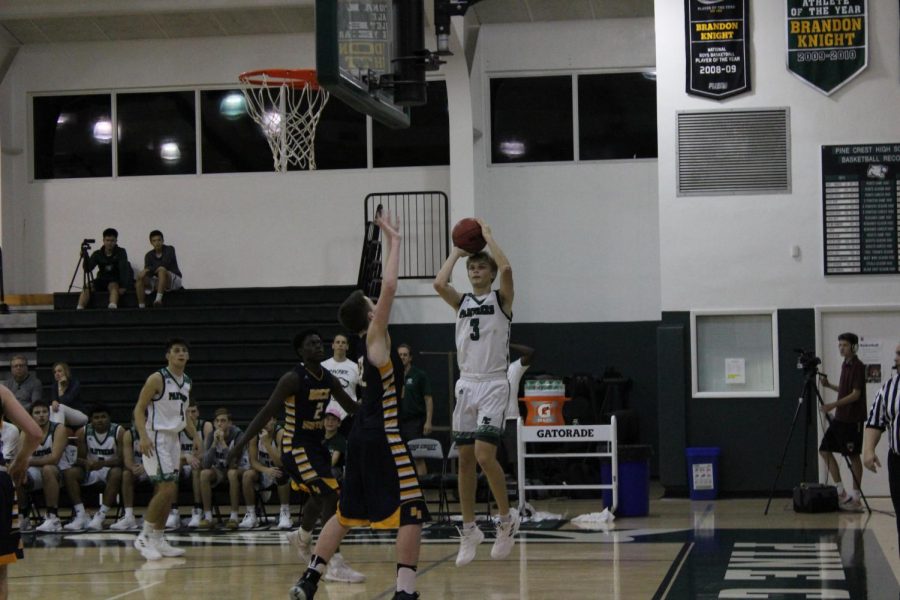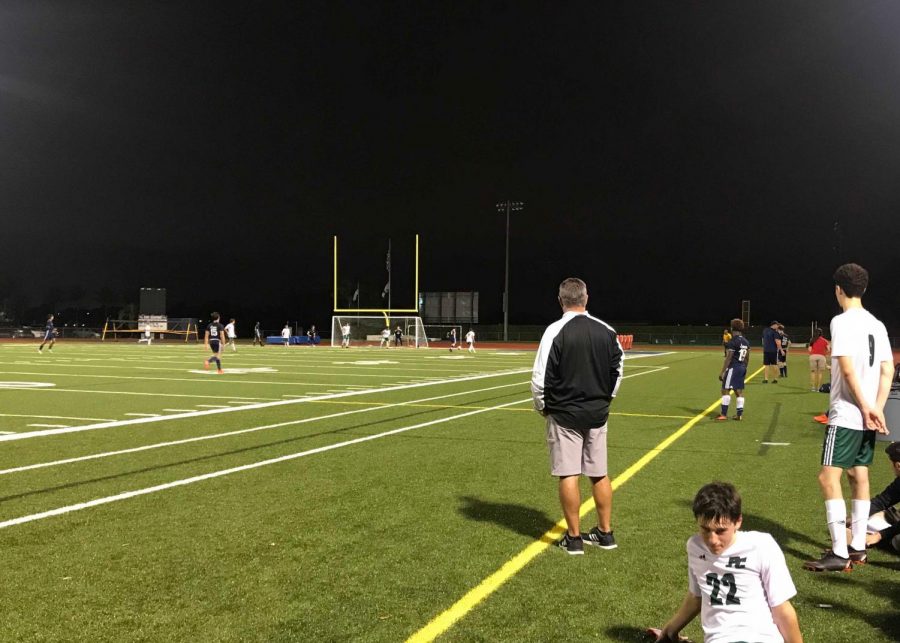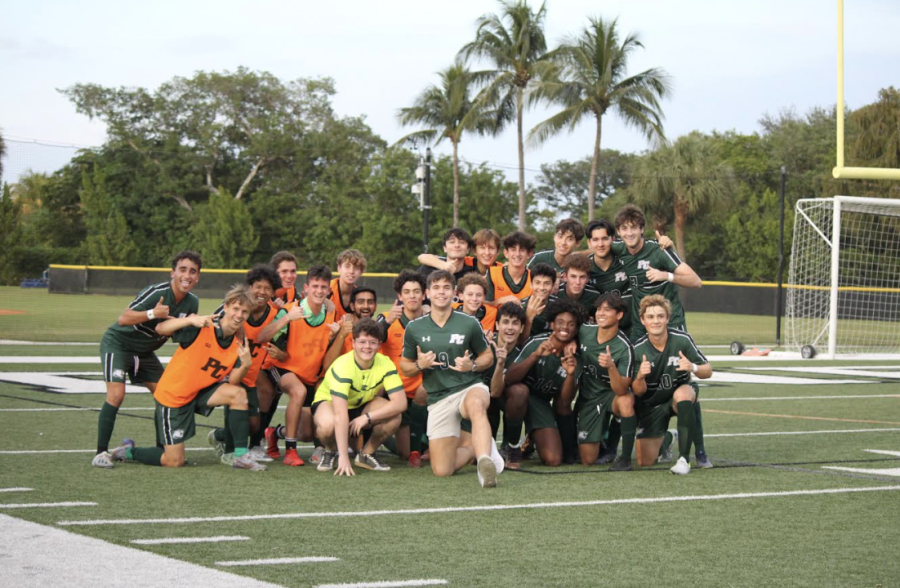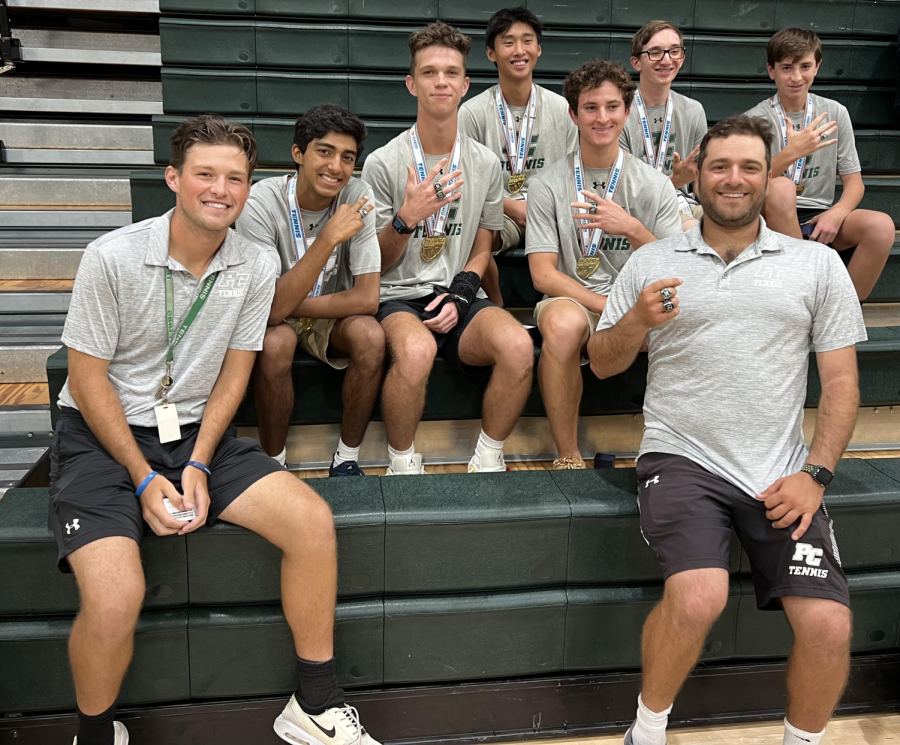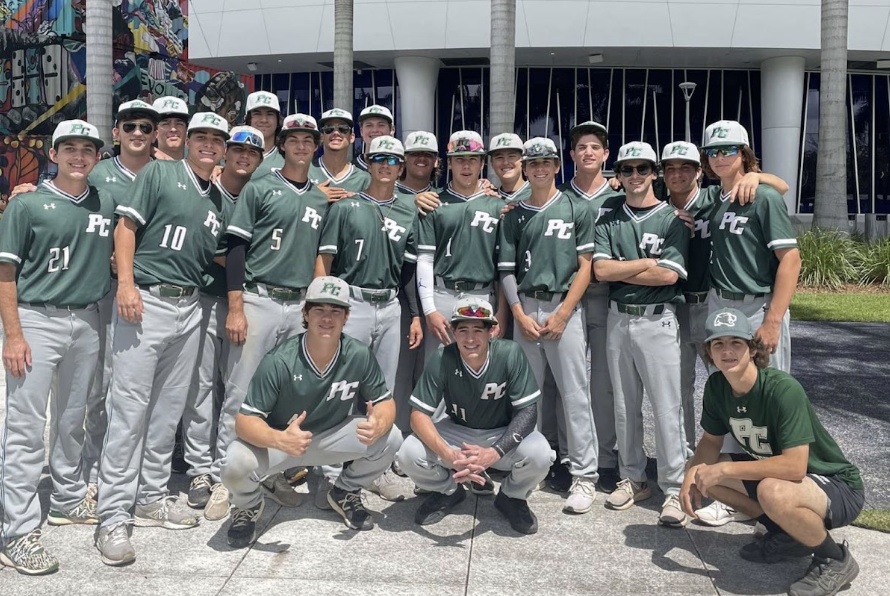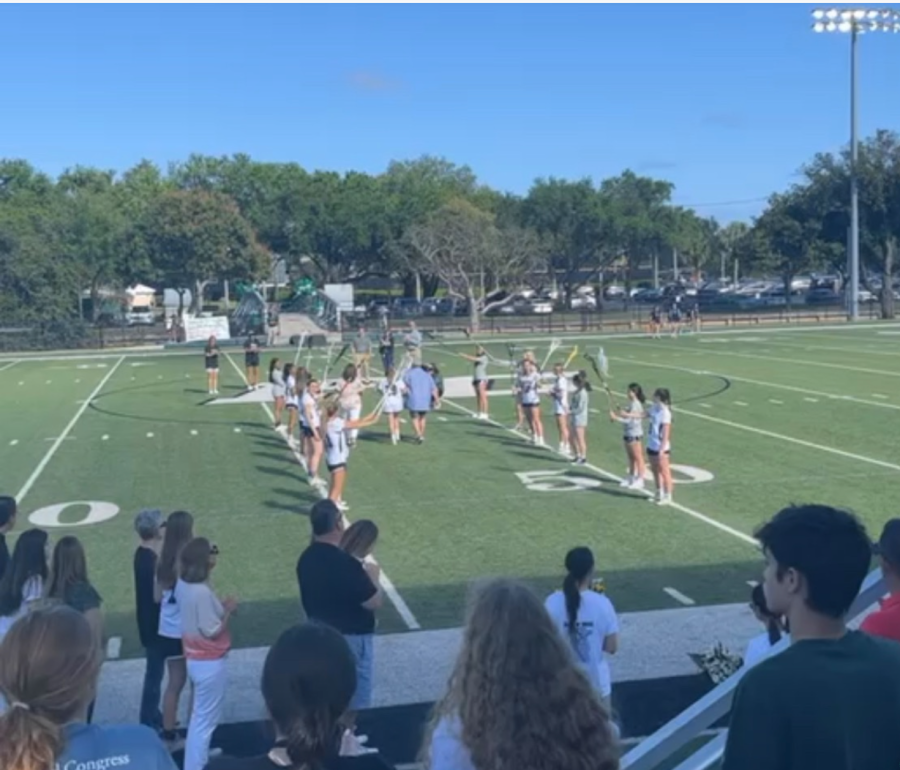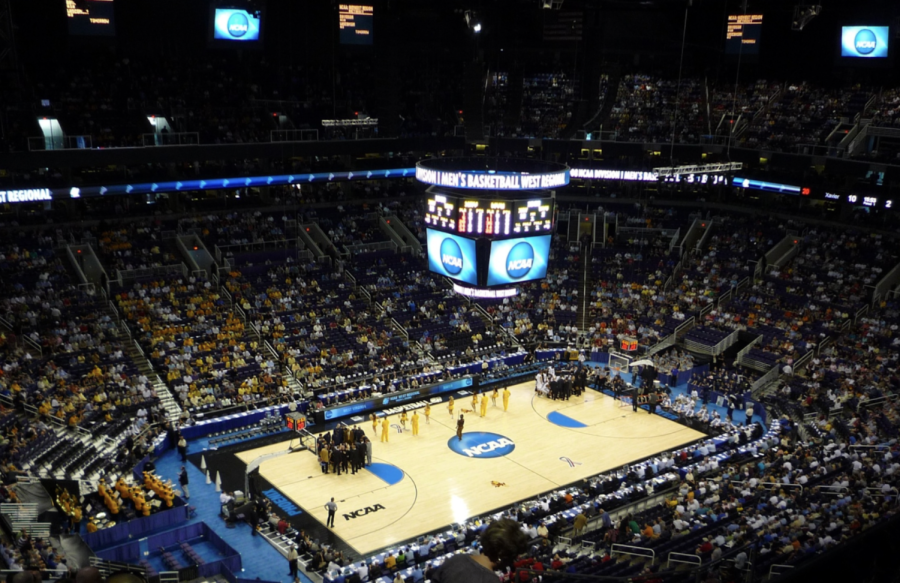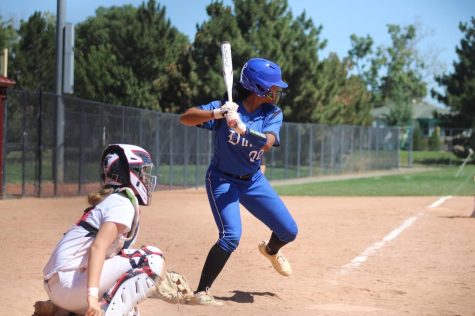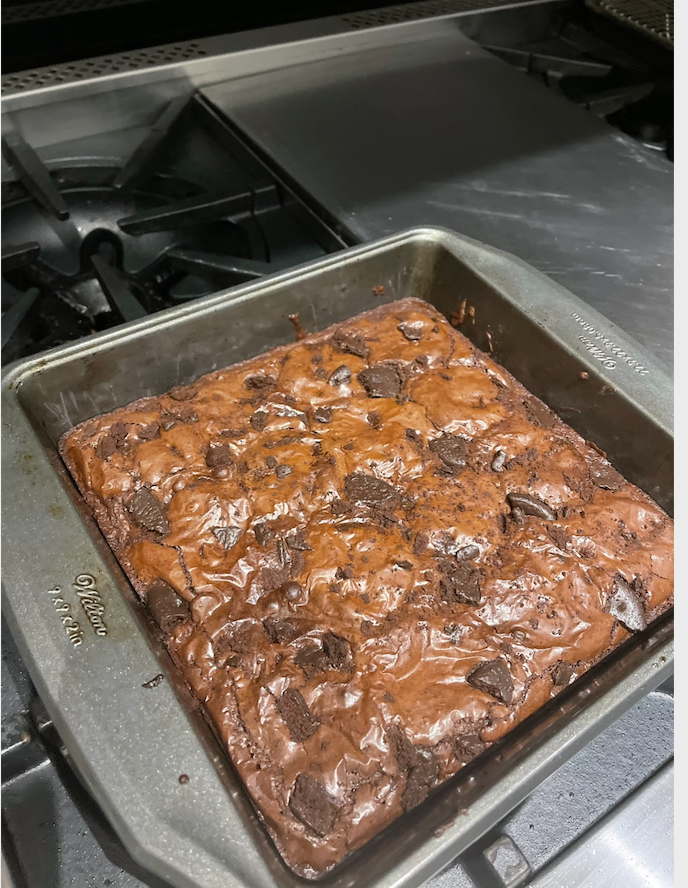[ot-caption title=”PCTV broadcasted a special segment last Tuesday, March 15th, 2016 in honor of the Florida Primary and Student Council Elections. (via, Peyton Elias, sophomore)”]
Millions of Floridians, including many of our own Pine Crest seniors, voted in the Florida primary on Tuesday, March 15th, 2016. Florida is a closed primary state, which means voters must be a registered member of the party they are voting in. The Florida primary results stayed very close to polling data and predictions, with few surprises. Around the country, many other states voted on what is being called Super Tuesday 3, and it was one of the most important days of the primary cycle because it included two big states, Ohio and Florida, where the winner takes all the delegates.
It was not Marco Rubio’s night last Tuesday when the Florida primary took place. The Republican side followed the polling data closely. Donald Trump crushed his competitors here getting 45.7% of the vote, followed by Rubio with 27%, Cruz with 17.1% and Kasich with 6.8%. The biggest surprise from the primary was how poorly Senator Marco Rubio did in his home state. He lost every county, except Miami-Dade, and immediately suspended his campaign following the poor performance. Trump, on the other hand, had every reason to celebrate, as he won Florida by over 15 percent and was able to solidify his chances at being the nominee for the Republicans with wins in Florida, Illinois, and North Carolina. The final hope for the Republican establishment in the race is John Kasich who, even after his big win in his home state of Ohio, is still very far behind and is still a longshot, in terms of delegate count, from winning the nomination. Now, the biggest obstacle to Trump is a brokered convention. A brokered convention would occur if no candidate reaches 1,237 delegates, which is a majority. If this occurs, voting would take place, and after a first round of voting, any candidate who did not receive 15 percent of the votes is automatically eliminated. Then, delegates from any eliminated candidates can move to another candidate still in the running. Many of these delegates are represented by establishment Republicans, meaning they could bring delegates over to Kasich or even Cruz, which in the end could allow one of them to beat Trump.
On the Democratic side, it was, once again, a fairly predictable battle. As predicted, Hillary Clinton dominated, collecting 64.4% of the vote to Bernie Sanders’ 33.3%. Similarly to Trump, Clinton was able to tighten her grip on the Democratic nomination with wins in Florida, Ohio, North Carolina, and Illinois. The race on the Democratic side continues to be far more cut and dry than the Republican side, as it seems the original enthusiasm for Bernie Sanders has decreased, at least in regards to his loss this Tuesday, and Clinton is beginning to dominate due to her popularity with minorities and older voters. The race to the White House continues in Arizona and Utah today, March 22, 2016.
Sources: Washington Post, Flagler Elections, CNN, Palm Beach Post, US Presidential Election News
Photo Source: Gage Skidmore

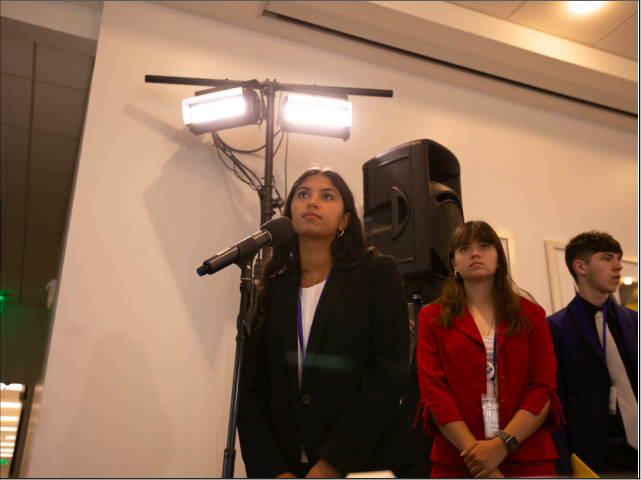








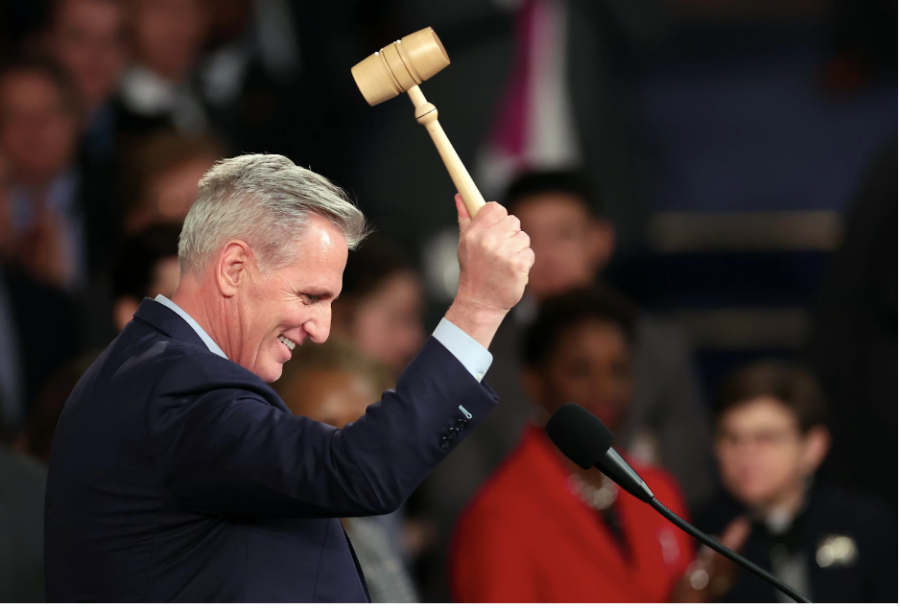
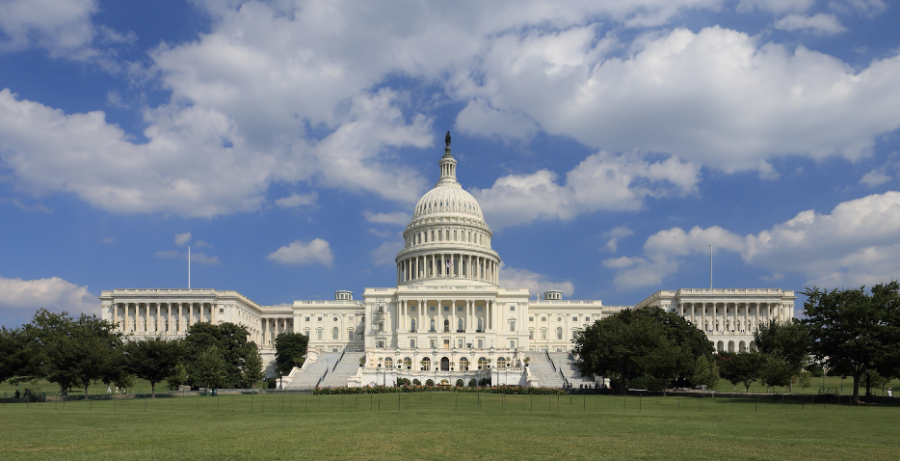
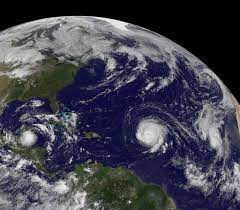




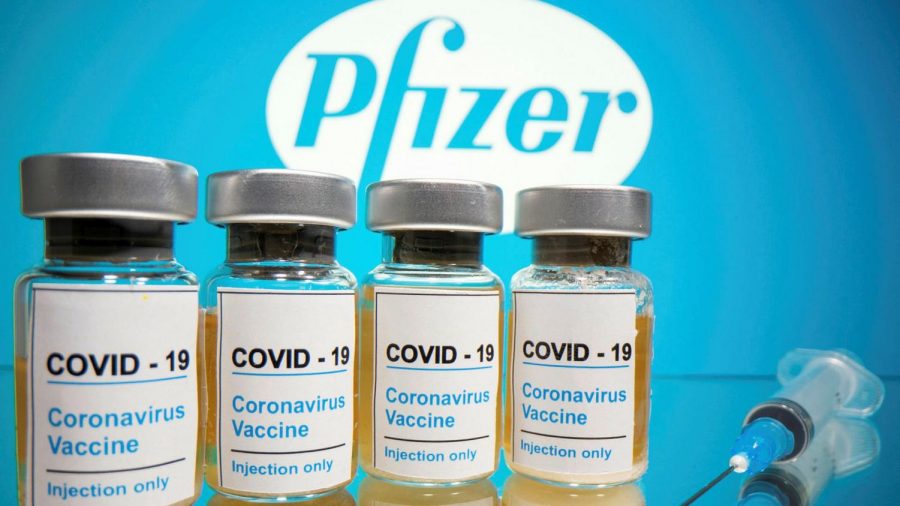




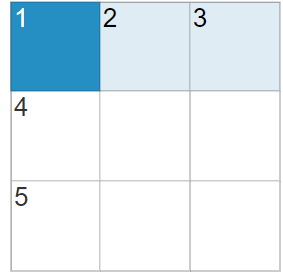









![Stranger Things 4: What to Expect [Warning: Contains Spoilers]](https://pcpawprint.com/wp-content/uploads/2021/11/StrangerThings4-900x473.jpeg)








